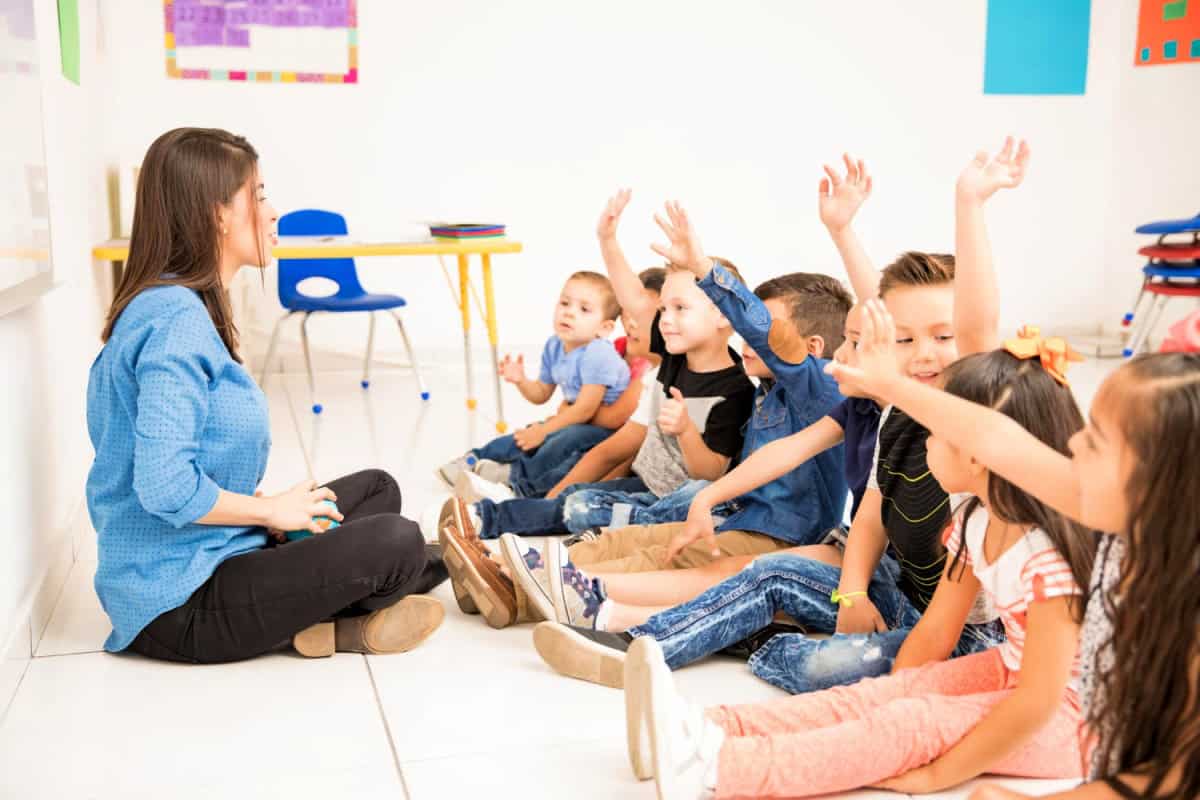Early childhood education thrives when learning is meaningful, relevant, and responsive to the child. Unlike traditional models that follow rigid lesson plans, emergent curriculum evolves based on children's interests, questions, and developmental needs. This approach aligns closely with how young learners naturally engage with the world through curiosity, inquiry, and real-time exploration.

In progressive learning environments such as KLA Schools daycare, emergent curriculum plays a central role in shaping individualized experiences. Rather than prescribing a universal pathway, educators observe and respond to each child's unique developmental rhythms. This flexible, child-centered methodology promotes deeper learning, emotional confidence, and a sense of autonomy.
Observational Planning as a Foundation for Personalized Learning
The emergent model relies on intentional observation to identify what fascinates and motivates children. Educators document patterns in play, verbal expressions, and interactions to guide curriculum decisions. These observations don’t simply inform activities—they reveal each child’s learning trajectory and preferred modes of engagement.
When a teacher notices a group of preschoolers building intricate block structures, that moment may spark a long-term investigation into architecture, shapes, or spatial reasoning. Learning deepens organically through scaffolded experiences such as reading related books, drawing and building plans, or visiting local structures. This process ensures that each child's developmental stage and curiosity remain central.
Responsive Classrooms That Value Student-Led Inquiry
Emergent curriculum shifts the educational focus from outcomes to experiences. Classrooms around this philosophy offer open-ended materials, flexible learning spaces, and opportunities for meaningful dialogue. Educators act as facilitators, helping preschoolers explore their ideas rather than steering them toward predetermined goals.
At KLA Schools daycare, environments often reflect the Reggio Emilia approach, where the classroom is considered a “third teacher.” Materials like clay, wire, natural items, and sensory tools allow children to test hypotheses, create representations, and reflect on their thinking. This process promotes metacognition and fuels creative problem-solving.
Encouraging Emotional Expression Through Flexible Themes
Children express their identities and emotions through play, storytelling, and group dialogue. Emergent curriculum makes space for these expressions by welcoming the unexpected and building thematic projects around children’s lived experiences. When a child shares excitement about a recent family event or grapples with a peer conflict, educators use these authentic moments to foster social-emotional learning.
Responsive themes that arise naturally—such as caring for animals, understanding feelings, or navigating friendships—support preschoolers in making sense of their world. These experiences nurture empathy, strengthen emotional vocabulary, and help children build meaningful relationships with others.
Language Development Through Organic Communication
Rich language experiences emerge when preschoolers converse about topics they care about. Rather than relying on scripted activities, emergent curriculum encourages natural dialogue, storytelling, and group discussions. These authentic exchanges build vocabulary, comprehension, and expressive skills in ways that structured worksheets cannot replicate.
When children co-construct knowledge—asking questions, sharing ideas, or explaining discoveries—they practice meaningful language. This kind of verbal interaction supports both early literacy development and confident communication. The approach primarily benefits multilingual learners, who acquire new language in relevant, emotionally connected contexts.
Cognitive Growth Through Project-Based Learning
Emergent curriculum often unfolds through long-term projects or inquiries. These investigations might last days or weeks, depending on the children's sustained interest. Whether it’s exploring the lifecycle of a butterfly, investigating shadows, or designing a miniature garden, such projects allow for deep thinking and cross-disciplinary connections.
Children learn foundational concepts in science, math, and the arts not in isolation, but through integrated experiences. For example, measuring soil, sketching observations, and predicting growth outcomes all emerge from a garden inquiry. These interdisciplinary activities foster analytical thinking, planning skills, and resilience—key cognitive capacities for lifelong learning.
Collaboration That Honors Individual Voices
Though emergent curriculum centers on the child’s experience, it also values collaboration. Group projects and shared investigations encourage preschoolers to contribute ideas, listen actively, and reach consensus. This collective learning model helps children feel seen and heard while supporting personal growth.
Each child brings a unique perspective to the group; an emergent curriculum honors these differences. Teachers ensure that quieter children have space to contribute, that nonverbal expressions are interpreted thoughtfully, and that cultural identities are woven into the fabric of the classroom. In this way, individuality is not only supported—it is celebrated.
Meaningful Documentation That Reflects the Learning Journey
Documentation is essential in emergent learning environments. Educators photograph moments, transcribe conversations, and create visual learning stories that trace a child’s progress. These artifacts serve multiple purposes: they inform ongoing planning, communicate learning to families, and allow children to reflect on their growth.
Preschoolers develop a stronger sense of identity when they see their thoughts and creations displayed in the classroom. They revisit these moments with pride and curiosity, deepening their understanding and motivation to learn. For educators, documentation provides insight into developmental shifts and guides future exploration.
Partnering With Families to Extend Learning
Emergent curriculum recognizes families as integral to a child’s educational experience. Teachers often invite parents to share expertise, observe classroom projects, or contribute materials that enrich learning. When caregivers understand the philosophy and see their child’s interests driving the curriculum, they can extend those themes at home through books, outings, or conversations.
This connection between home and school strengthens consistency in developmental support. It also builds trust and shared investment in the child’s learning journey, reinforcing the value of collaboration in early education.
A Framework That Cultivates Independent Thinkers
Emergent curriculum creates the conditions for preschoolers to become self-directed, inquisitive learners. Instead of following predetermined lessons, children explore topics that matter to them, leading to greater engagement, deeper understanding, and genuine joy in learning. Educators guide each child's unique growth path through observation-based planning, open-ended exploration, and authentic communication.
This model does more than prepare children for academic success—it fosters confident thinkers who trust their ideas, solve problems creatively, and value their voice in a shared community.





Leave a Reply